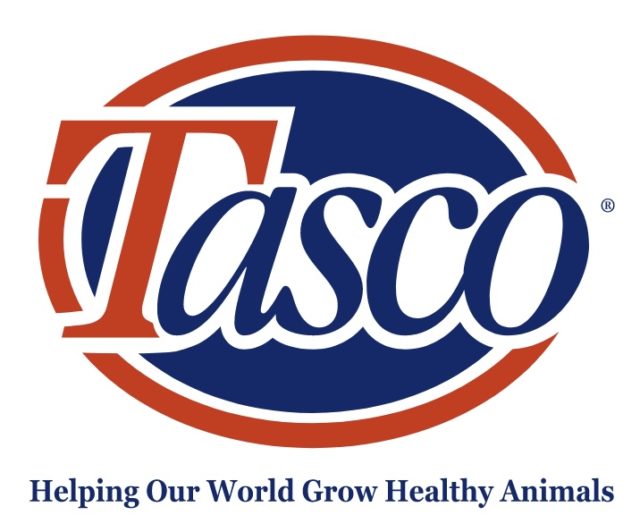Bringing flavored milk back to Los Angeles schools is not only boosting student milk consumption, but also helping address a school district food service budget deficit, according to LA School Report, an online news site focusing on the Los Angeles Unified School District.
As described by LA School Report reporter Mike Szymanski, the pilot program was launched last October and runs through February. It introduced strawberry- and chocolate-flavored milk at school sites throughout the district. The flavored milks had been banned six years ago by former district superintendent John Deasy over concerns of sugar levels in flavored milks.
Szymanski said concerns erupted last September when a report from the district’s Office of Environmental Health and Safety showed 600 tons of organic waste — “or the equivalent weight of 200 elephants” — was thrown out every week. Discarded food included large volumes of milk.
The district’s food service program was also running a substantial budget deficit.
To address the food waste and budget deficit, the board discussed several options, including offering “hydration stations,” water and plant-based alternatives to milk. One committee was asked to explore whether the district should advocate USDA to eliminate serving milk to students as a requirement for school meal federal funding reimbursement.
Los Angeles Unified is the second-largest school district in the country, with a $100 million dairy contract, according to Szymanski.
In an effort to give students a choice, schools with low lunch attendance were identified and asked to volunteer for the pilot flavored milk program.
Under the program, 11 schools offer flavored milk during lunch and supper; three schools are running an educational campaign about milk; three schools have a non-flavored milk display encouraging milk drinking by displaying cartons in coolers; and 10 schools have a mixed milk display offering all flavors of milk.
School district food services director Joseph Vaughn presented preliminary information at a budget, audit and facilities committee meeting, showing the program is already yielding benefits, Szymanski wrote.
The study discovered an average student picking up an 8-ounce carton of regular milk consumed only 3.48 ounces, throwing out 4.52 ounces or an average of 236 gallons a day.
Schools offering flavored milk showed less than an ounce (0.85 ounce) of waste on all milk consumed.
Sites offering flavored milk found an increase in milk distribution, while sites with non-flavored milk decreased. In December, sites with flavored milk decreased in waste, while non-flavored milk increased in waste.
Dawn Soto, a senior food services training specialist who visited all the school sites, said, “It was amazing to go to a school and hear a kid say, ‘Are you going to finish that?’ and they’re talking about the milk.”
Chief Financial Officer Megan Reilly extrapolated one month’s data, noting that if trends held out across the district, it could lower the annual food services division deficit by $30 million, from $50 million to $20 million. Money is saved not only by decreasing the cost of waste disposal, but also by increasing the number of lunches served, which brings in more federal dollars.
Flavored milk sales posting national gains
U.S. fluid milk consumption has been on the decline for decades. However, along with a resurgence of whole milk, flavored milks are among the fluid categories posting national sales gains, according to USDA’s Dairy Market News.
For January-November 2016, sales of all packaged fluid milk products were down 1 percent compared to the same period in 2015. However, 11-month sales of flavored whole milk were up 7.4 percent compared to the same period in 2015. Sales of flavored fat-reduced milk were up 2.7 percent.
Comparing November 2016 to November 2015, flavored whole milk sales were up 10 percent; fat-reduced flavored milk sales were up 3.5 percent, and sales of organic fat-reduced flavored milk were up 22.2 percent.
The figures represent consumption of fluid milk products in federal milk order marketing areas and California, which account for approximately 92 percent of total fluid milk sales in the U.S. ![]()

-
Dave Natzke
- Editor
- Progressive Dairyman
- Email Dave Natzke





